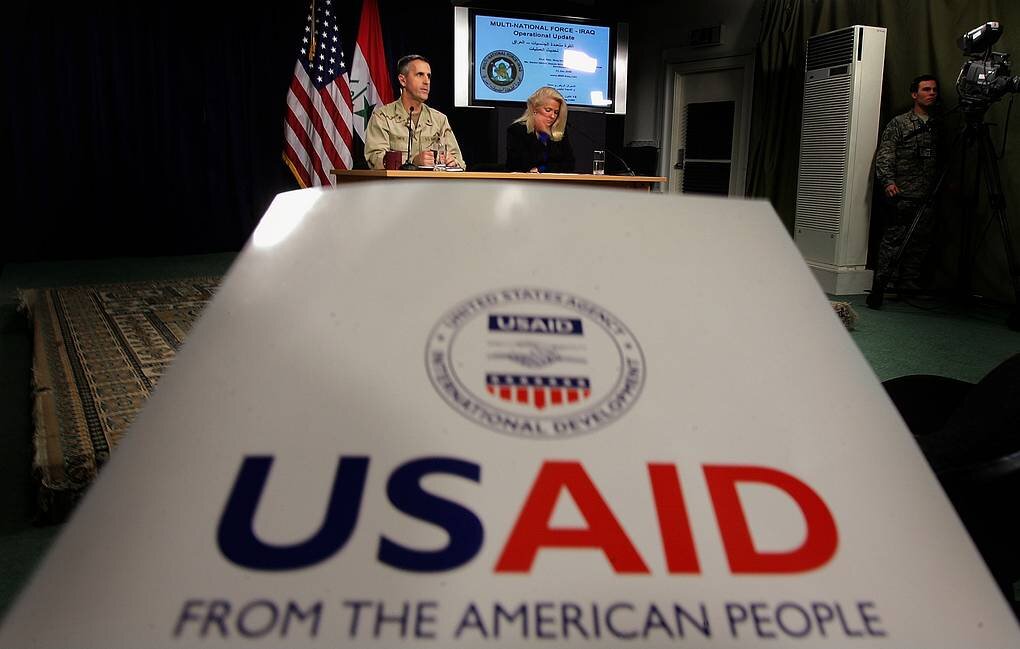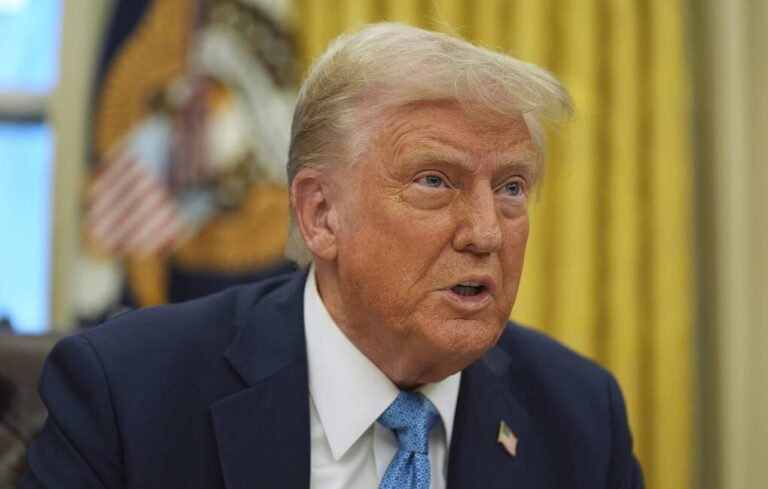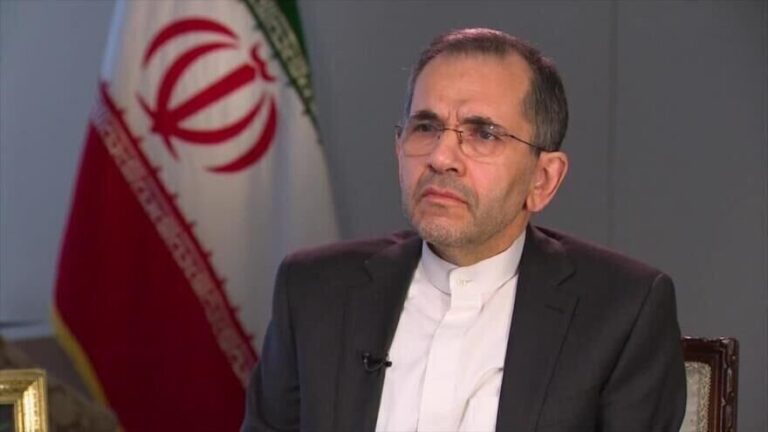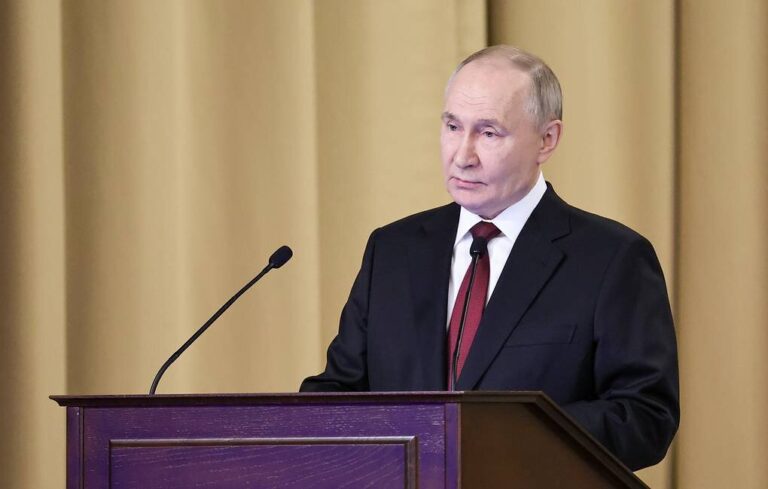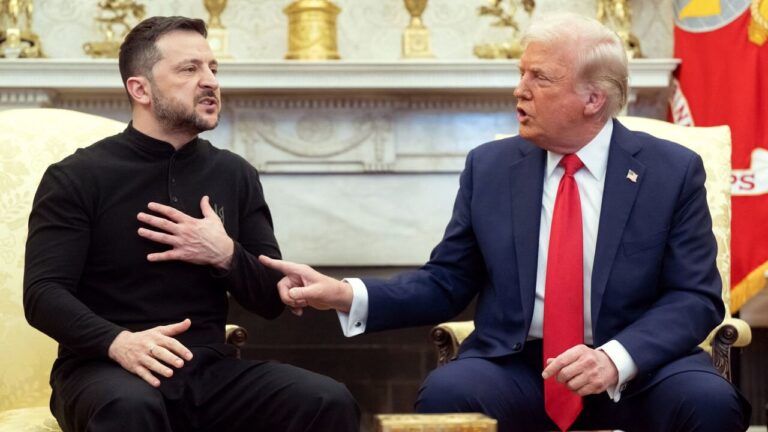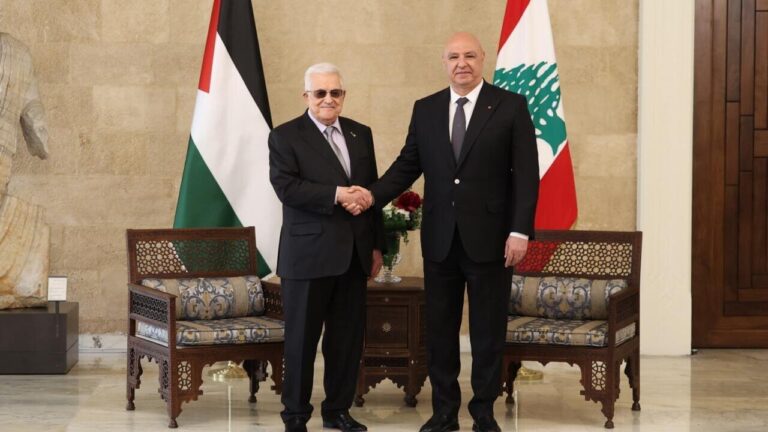USAID Halts Vital Projects Aiding Ukraine: What It Means for Future Support
The recent announcement regarding the suspension of foreign aid projects in Ukraine has raised significant concerns among various sectors. A USAID official, who requested to remain unnamed, disclosed that officers overseeing these crucial projects have been instructed to halt all ongoing work, as reported by Reuters. This decision impacts vital support systems in Ukraine, particularly in education and healthcare.
Among the initiatives frozen under this directive are:
- Support for schools – This includes funding for educational institutions that are essential for the country’s development.
- Health assistance programs – Critical services such as emergency maternal care and childhood vaccinations are now at risk.
According to a report from Politico, US Secretary of State Marco Rubio has made a significant move by ceasing spending on the majority of existing foreign aid grants for a period of 90 days. This period of pause in foreign assistance is a substantial shift in policy that could have lasting implications.
The guidance issued to all diplomatic and consular posts outlines that department staffers must issue stop-work orders on nearly all current foreign assistance awards. This sweeping directive aims to reassess how foreign aid is allocated and used, highlighting a shift in the U.S. approach to international assistance.
However, the document does allow for some interpretation and provides specific exceptions. Notably, foreign military financing for Egypt and the Israeli regime is set to continue despite the broader suspension. This aspect of the policy indicates a targeted approach, where certain strategic partnerships remain a priority even amidst the halt on general foreign aid.
In the context of Ukraine, the freezing of projects could lead to dire consequences. The education sector might see a decline in resources, which are crucial for maintaining school operations and ensuring that children receive the education they need. Similarly, the healthcare sector could face challenges in providing essential services, particularly for vulnerable groups like mothers and children who rely on emergency care and vaccinations.
This decision aligns with a growing trend within U.S. foreign policy that emphasizes a more scrutinized and controlled approach to foreign aid. The underlying reasons for this pause in funding are not fully detailed, leaving room for speculation and concern among various stakeholders.
As the situation develops, several key points emerge regarding the implications of this aid suspension:
- Impact on education – Schools may struggle to function effectively without the necessary funding, affecting thousands of students.
- Healthcare risks – The halt on health assistance could endanger lives, particularly among the most vulnerable populations.
- Geopolitical considerations – The choice to continue military financing for certain countries suggests a strategic priority in U.S. foreign relations.
- Future of foreign aid – The pause allows for a reevaluation of U.S. foreign assistance policies and their alignment with national interests.
In light of these developments, various organizations and advocates for humanitarian aid are voicing their concerns. The potential ramifications of this pause underscore the importance of foreign assistance in stabilizing regions facing crises. Without timely intervention and support, the situation in Ukraine could worsen, leading to broader humanitarian issues.
Looking ahead, it remains to be seen how long this suspension will last and what the long-term effects will be on foreign aid distribution. Stakeholders, including NGOs and international bodies, are likely to push for a reevaluation of this policy to ensure that essential support continues in regions that need it most.
As discussions continue, the focus will be on how the U.S. plans to balance its foreign aid priorities with its strategic interests. The coming months will be crucial in determining the future of foreign assistance and the potential resumption of projects that are vital for countries like Ukraine.
In conclusion, the freezing of foreign aid projects in Ukraine signifies a pivotal moment in U.S. foreign policy. It raises questions about the future of international assistance and the potential consequences for communities that rely on this vital support. Stakeholders will watch closely as the situation unfolds, hoping for a resolution that prioritizes humanitarian needs while navigating complex geopolitical landscapes.
